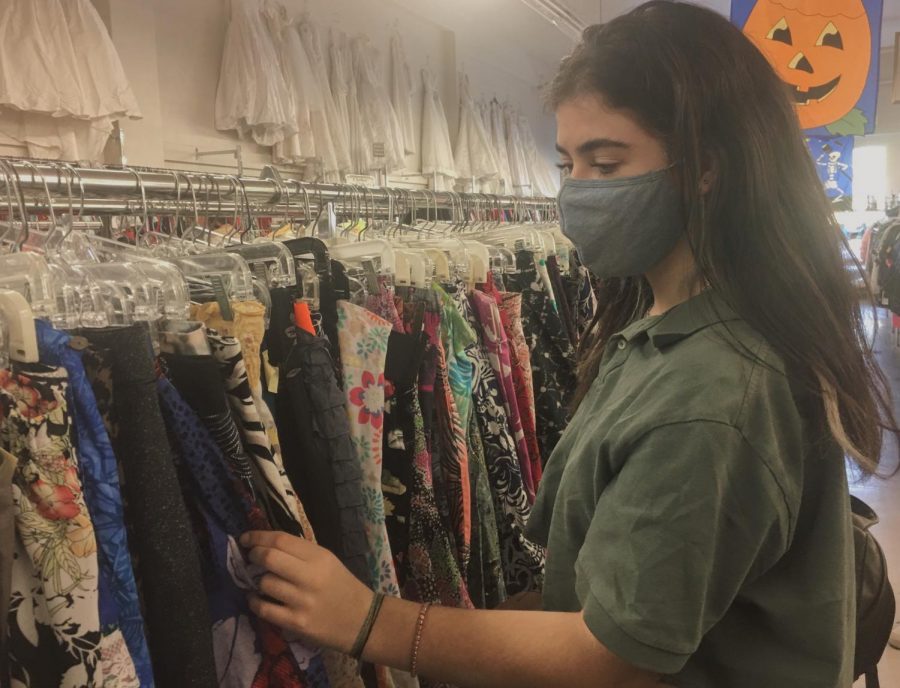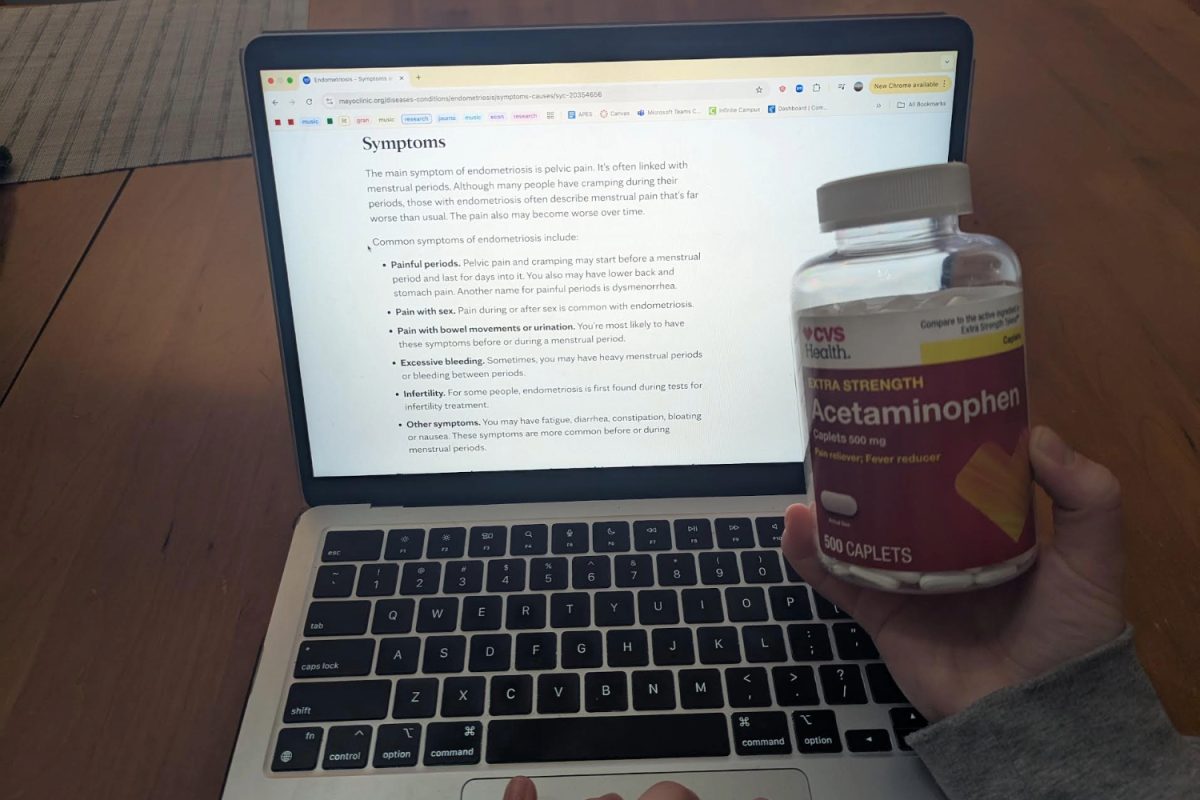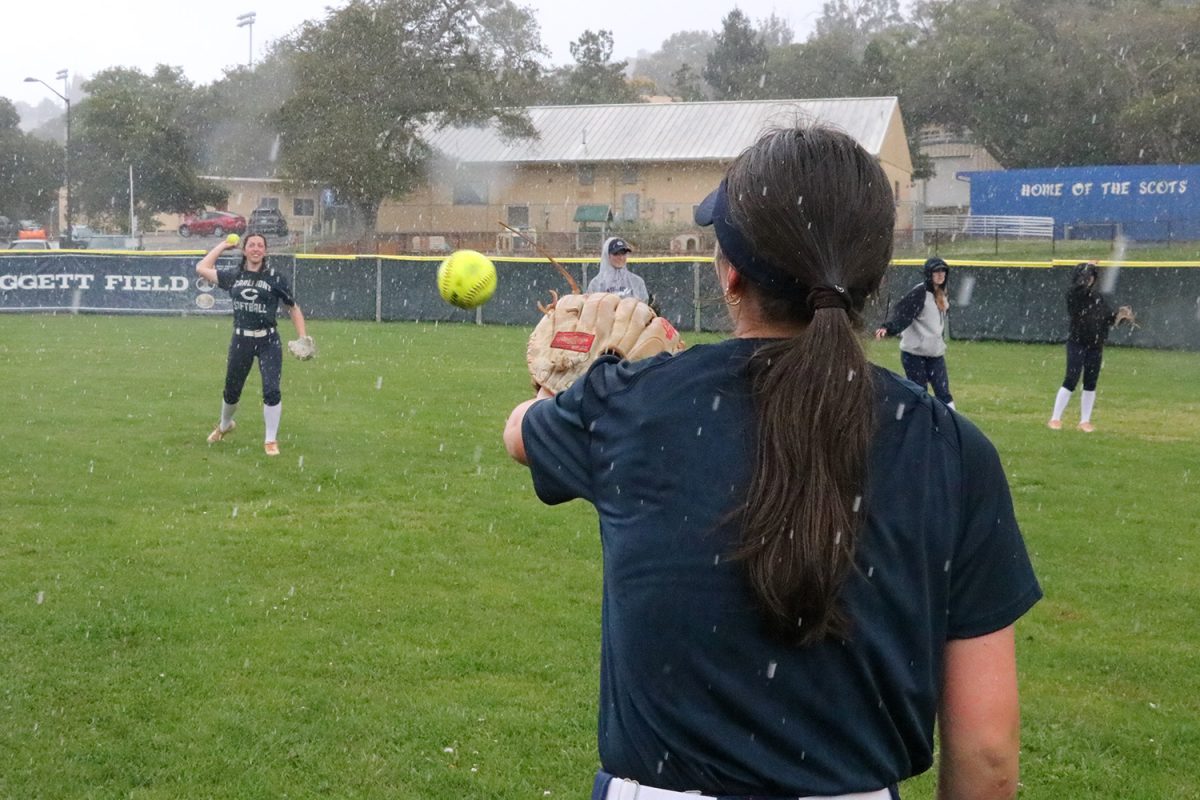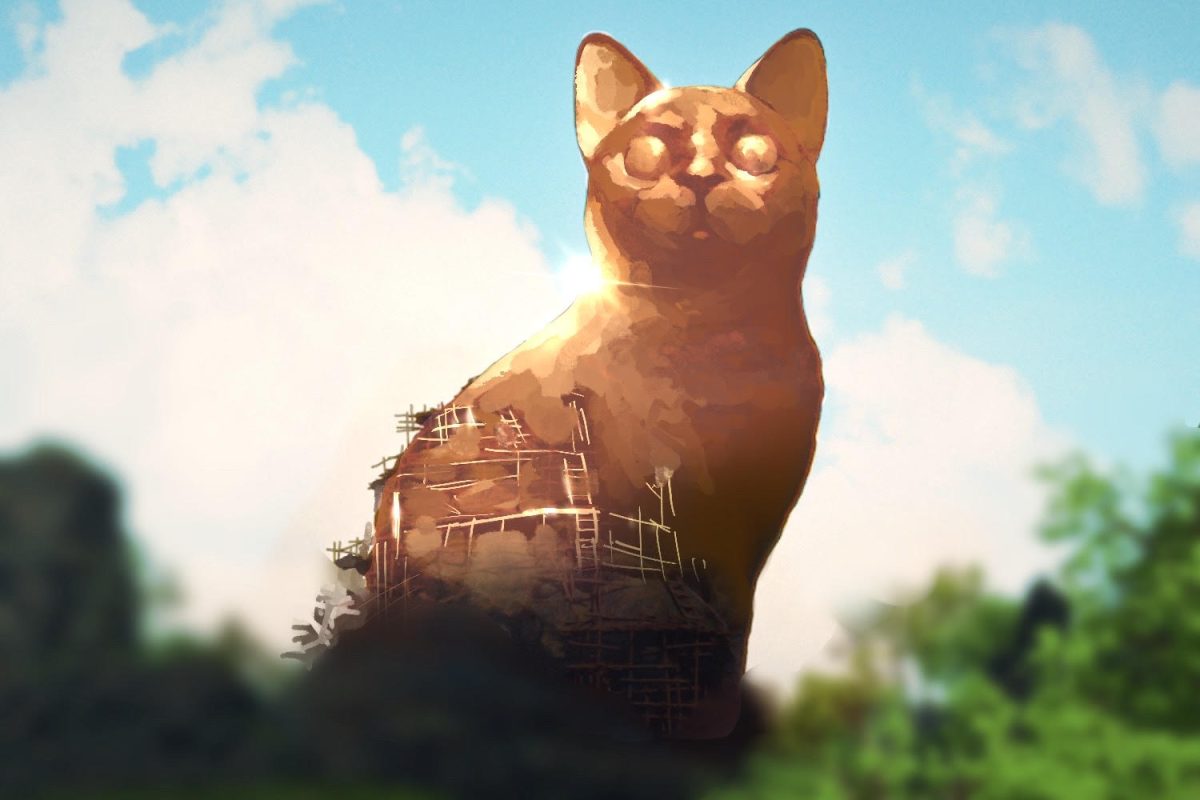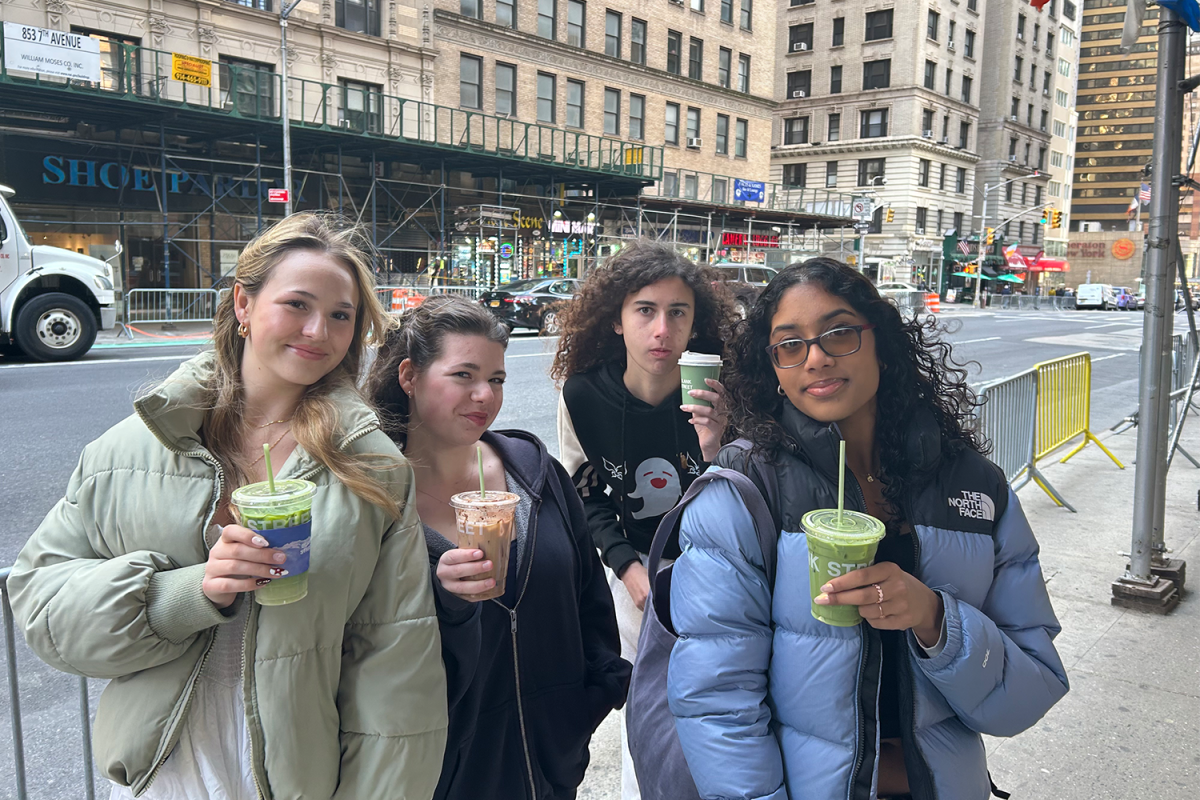As growing interest in fashion affects secondhand businesses, shelter-in-place orders also changed how thrift stores operate.
The buying of secondhand items has not only occurred in in-person stores during the pandemic, but it has also sprouted on online selling platforms, such as Poshmark, Depop, and Mercari. ThredUp, an online thrift store, has reported a 20% growth in its business since the lockdown, according to its Resale Growth page. Although thrifting has become an appealing way to find unique items, thrift stores have encountered new circumstances in the past couple of months.
Lynne Fitzgerald, the shop owner of She Sells Resale, an antique and consignment shop, said she believes the number of thrifters and donations have increased because of the pandemic.
“I think I am probably up 10% to 20% since the three months I was forced to close,” Fitzgerald said. “I think people are just ready to get out and do some shopping out of restlessness and just not being home.”
While Fitzgerald experienced growth in her store these past months, Held Over, a thrift store in San Francisco, has faced a 30% to 40% decrease in sales due to the COVID-19. Kyle Crawford, an employee at Held Over, explained changes made to comply with safety standards.
“We’re doing temperature checks at the door, we’re limiting the number of people, and we require everyone to sanitize their hands when they come in. Whatever people try on, we are sanitizing it after they try it on with a steamer,” Crawford said.
Green and Prosperous states that Americans annually throw out 60 to 80 pounds of textile waste and only around 10% of those items make it to thrift stores. According to ThredUp, it takes 75 pounds of CO2e, the number of metric tons of CO2, to produce the average pair of jeans, and 700 gallons of water to make one T-shirt. Although these thrift businesses have experienced mishaps, the secondhand market is projected to double in the next five years and hit $51 billion, according to Forbes.
As thrifting gives unwanted clothes a new home, it also helps the environment. According to the World Bank, 10% of global carbon emissions come from the fashion industry, more than maritime shipping and all international flights combined. Clothing production is both increasing air pollution and adding to landfills. Less than 1% of used clothing is recycled or remade into other garments, making the industry very wasteful. Thrown away clothing leads to approximately $500 billion in losses every year.
Teen Challenge South Bay Thrift Store believes in never throwing out the clothes that don’t sell. Jessica Austin, the store manager at Teen Challenge South Bay, said they decreased prices to sell the inventory sitting there while the store was in lockdown. Austin also said there had been more donations.
“The clothes that don’t sell have a thing called the rag bag. If things come to us that aren’t sellable or they don’t sell because they’ve been in the store for a while, we collect them in bags, and then we usually have an organization that comes in and buys these bags from us. Or sometimes we do homeless outreaches and go and give the stuff away,” Austin said.
Austin said she feels their store does not get as much business as the stores in malls. As thrift stores begin to become many people’s clothing sources, others are also shopping at places selling new clothing. Ali Godsoe, the store manager at Plato’s Closet, a thrift store, spoke about fast fashion businesses’ growth.
“We are also seeing more online brands like Shein and Princess Polly come in due to people not shopping in malls so much anymore but online from home,” Godsoe said.
Some students at Carlmont High School are learning about the clothing industry and have participated in thrifting more since the pandemic began. Natalie Tobias, a sophomore at Carlmont, learned about sustainability through social media and firmly believes in its environmental difference.
“If you thrift the majority of your clothes, you aren’t pushing for the production of more clothes; you’re just using clothes that have already been made and are already out in the world,” Tobias said.
Austin noted that thrift stores provide customers the opportunity to give secondhand clothes a new home.
“Sometimes our workers have opinions on some of the stuff that comes in and think ‘This is ugly’ or ‘This is trash’ and I always just say one person’s trash is another person’s treasure,” Austin said.

